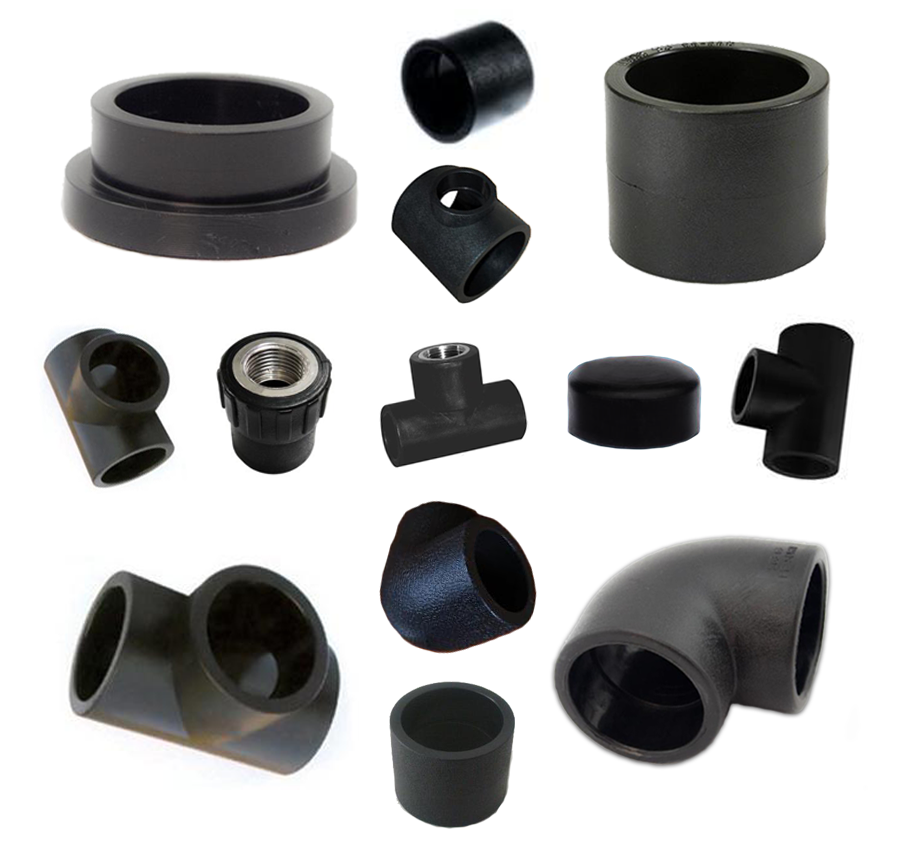Sanitary Pipe Fittings for Efficient Plumbing Solutions and Installation Techniques
Understanding Sanitary Pipe Fittings A Comprehensive Guide
Sanitary pipe fittings play a vital role in numerous industries, particularly in food processing, pharmaceuticals, and biotechnology. These fittings are designed to ensure clean, hygienic, and efficient movement of liquids, gases, and other materials while minimizing the risk of contamination. In this article, we will delve into the world of sanitary pipe fittings, discussing their types, materials, applications, and installation practices.
Types of Sanitary Pipe Fittings
Sanitary pipe fittings come in various shapes and sizes, designed to accommodate different systems and operational needs. The most common types include
1. Elbows Used to change the direction of piping, elbows are typically available in 45-degree and 90-degree angles. They help maintain the flow of fluids while minimizing turbulence.
2. Tees These fittings allow for the branching off of a pipeline, facilitating connections to other joints or sections of the system.
3. Reducers Reducers are implemented to connect pipes of different diameters, allowing for a smooth transition that helps maintain flow rates and pressure.
4. Caps and Plugs Used to close off the end of a pipe, caps and plugs are crucial for maintaining system integrity and preventing contamination when a section of piping is not in use.
5. Cross fittings These fittings enable the connection of four pipes, generally used in complex piping configurations.
6. Valves Sanitary valves, including butterfly valves and ball valves, control the flow of materials within the system, ensuring safe and regulated passage.
Materials Used in Sanitary Pipe Fittings
The choice of material for sanitary pipe fittings is critical, as it directly affects the hygiene, durability, and performance of the system. Common materials include
- Stainless Steel This is the most widely used material in sanitary fittings due to its corrosion resistance, strength, and ease of cleaning. Grades like 304 and 316 are popular choices, with 316 offering superior corrosion resistance, particularly in harsh environments.
- Plastic Materials such as PVC and polypropylene are used for less critical applications where flexibility and cost-effectiveness are priorities. However, plastic fittings may not provide the same level of hygiene or durability as stainless steel.
- Copper Although less common, copper fittings can be used in certain applications due to their natural antimicrobial properties.
sanitary pipe fittings

Applications of Sanitary Pipe Fittings
Sanitary pipe fittings are employed across various sectors, including
- Food and Beverage Ensuring that piping systems do not harbor bacteria or contaminants is paramount. Sanitary fittings help maintain the quality and safety of products during processing, storage, and transportation.
- Pharmaceuticals In this industry, every component of the production process must adhere to stringent hygiene standards. Sanitary fittings facilitate the safe and sterile movement of ingredients and products.
- Biotechnology Similar to pharmaceuticals, biotechnology applications require the utmost cleanliness to prevent contamination of sensitive biological materials.
Installation and Maintenance Best Practices
Proper installation and maintenance of sanitary pipe fittings are crucial for ensuring system integrity and hygiene. Some key practices include
1. Cleaning and Preparation Before installation, all fittings and pipes should be thoroughly cleaned and sanitized to remove any contaminants.
2. Correct Assembly Follow the manufacturer's guidelines for assembling fittings to prevent leaks and ensure proper flow rates.
3. Regular Inspections Routine checks for signs of wear, corrosion, or damage can help identify potential issues before they become serious problems.
4. Proper Sealing Use the appropriate gaskets and seals to prevent leakage and maintain a sanitary environment.
5. Documentation Keeping accurate records of inspections, maintenance, and cleaning schedules can help ensure compliance with industry regulations.
Conclusion
Sanitary pipe fittings are integral to maintaining hygiene and efficiency in various industries. Understanding their types, materials, applications, and best practices for installation and maintenance is essential for professionals in the field. By ensuring the integrity of these systems, industries can safeguard product quality, comply with regulations, and contribute to the overall health and safety of consumers. Whether you are involved in food processing, pharmaceuticals, or biotechnology, recognizing the importance of sanitary pipe fittings will underscore their role in your operational success.
-
The Key to Fluid Control: Exploring the Advantages of Ball Valves in Industrial SystemsNewsJul.09,2025
-
The Versatile World of 1, 2, and 3 Piece Ball ValvesNewsJul.09,2025
-
Stainless Steel Ball Valves: The Ideal Choice for Efficient Flow ControlNewsJul.09,2025
-
Optimizing Fluid Control with Ball Float ValvesNewsJul.09,2025
-
Manual Gate Valves: Essential for Control and EfficiencyNewsJul.09,2025
-
Everything You Need to Know About Butterfly ValvesNewsJul.09,2025
-
The Versatility of Wafer Type Butterfly ValvesNewsJul.08,2025




